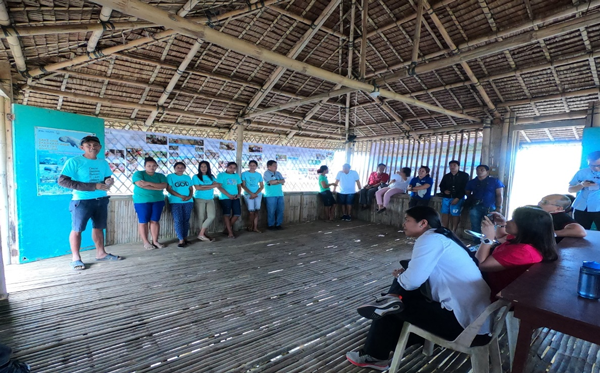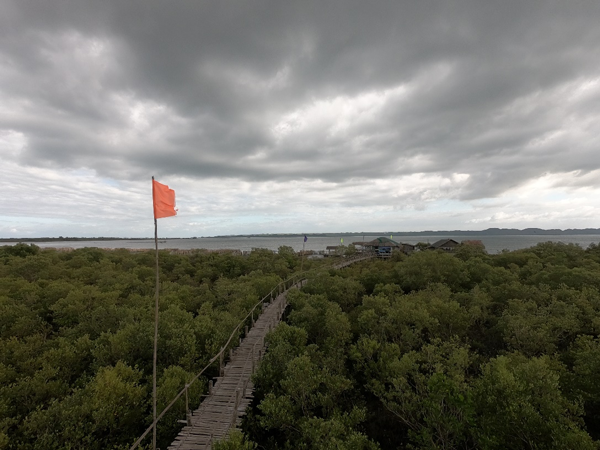
The Katunggan Ecopark in Leganes, Iloilo is an excellent example on how communities, government agencies, and international organizations can come together and help each other in conserving and protecting our environment.
The Ecopark started as an area filled with abandoned, underutilized, and undeveloped (AUU) fishponds used for milkfish growing and production. After a strong typhoon destroyed the fishponds in 2008, the area was surrendered to the local government unit (LGU) of Leganes.
The Leganes LGU considered the prospect of reverting the AUU fishponds into a mangrove forest. They eventually partnered with the Zoological Society of London (ZSL) Philippines, an international scientific, conservation, and educational charity, to restore the area to a mangrove forest through ZSL-Philippines’ Community-based Mangrove Rehabilitation Project.
A Memorandum of Agreement was signed between the Leganes LGU and ZSL Philippines in 2009. They started by reforesting 9.5 hectares of coastline. Assisted natural regeneration and active monitoring and maintenance were key meaures in reverting the area into a healthy mangrove forest.
Community participation and engagement of other sectors of society, including teachers, students, and other volunteer groups were essential in the success of the project.

Capacity-building activities were also carried out among the locals and LGU staff to equip them with technical skills and knowledge necessary in planting and propagating mangroves.
Ten years after, Katunggan Ecopark is now totally unrecognizable. From the initial 9.5 hectares targeted for reforestation, the park has now expanded to 15 hectares. The coastline of Leganes is now teeming with full-grown mangroves where fishponds used to be. Wildlife started to return with a sizable number of birds being observed in the park. Seagrass beds were also rehabilitated as a result of the reforestation bringing more fish and marine life. Dugongs, listed as vulnerable to extinction by the International Union for the Conservation of Nature (IUCN), can now be seen frequenting the park’s coastal waters.
Many local housewives who were solely dependent on their husbands’ income from fishing and agriculture are now contributing to their family’s livelihood by selling mangrove seedlings and managing the mangrove park. Communities are also more aware about the importance of mangroves not just to their livelihood but also of the ecosystem services it provides like protection from storm surges, major carbon sinks, habitat to wildlife, and soil conservation.

The Katunggan Ecopark shows that communities and organizations working together for the restoration of our environment is attainable. The Katunggan Park is also evidence that as long as communities and organizations prioritize the environment, the environment will also prioritize us.



